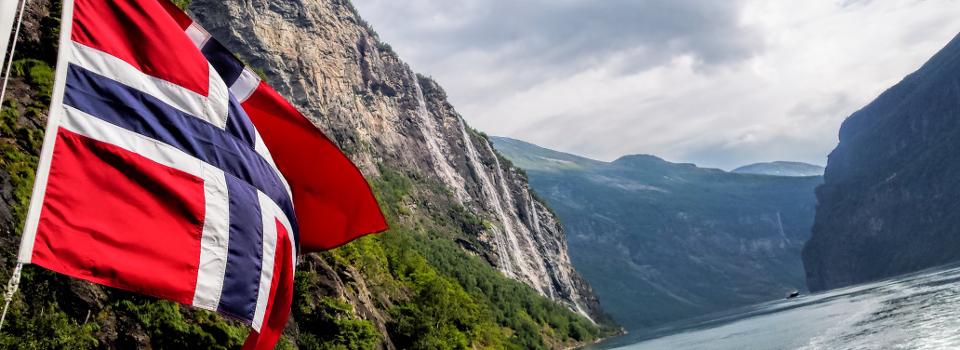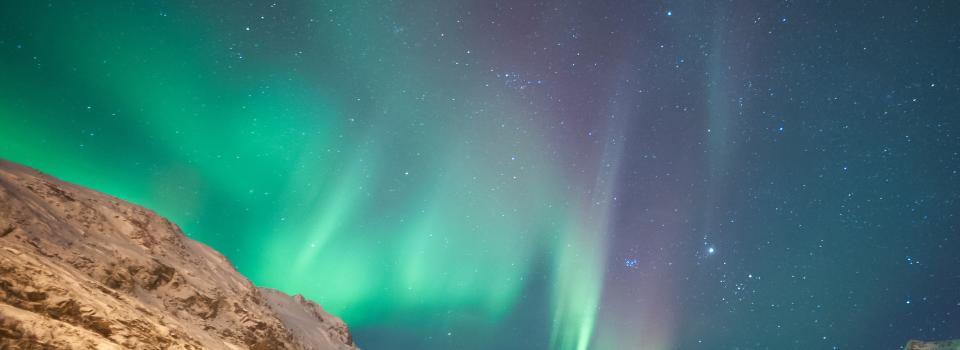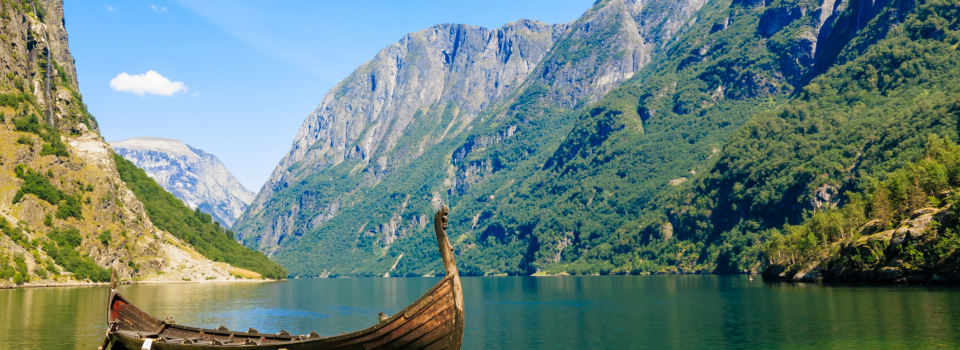The following essay from the January 1978 Newsletter of the Blue Earth County Historical Society has interesting insights into the lives of Norwegians who emigrated to this area. It also describes some of the objects in the society’s collection that tell something of their customs.
NORWEGIANS IN BLUE EARTH COUNTY
Two visitors to the Museum are responsible for this essay! One was a junior high school student, asking for help with an assignment to find out about "ethnic patterns of settlement" in Mankato. The other was Dr. Marion Nelson, director of the Norse-American Museum at Decorah, Iowa.
Dr. Nelson's visit was arranged through the consultation service of the American Association for State and Local History, in response to our request for expert advice on items in the Museum collection which we believe to be of Scandinavian origin. Last October he spent an entire day examining dozens of articles gathered from all over the Museum or resurrected from storage in various places. He gave us a wealth of information on these items; and as he looked over our exhibits in general, he identified as Norwegian several others whose origin and use we had not even suspected.
The young student's inquiry made me aware of how much there was to learn about the various ethnic elements which make up the population of our county, and Dr. Nelson's visit prompted me to start with the Norwegians.
As a native of Minneapolis, I was accustomed to think of the influx of Scandinavians into Minnesota as a phenomenon of the 1870’s and 1880’s. I quickly learned that both Swedes and Norwegians were among the earliest settlers in Blue Earth County, making their appearance in the 1850's. Furthermore, the Norwegians far outnumbered the Swedes.
It seems that some of the first Norwegians to arrive in the county settled farthest from its center of activity, the Mankato area. Strom Lake, on the very western edge of Butternut Valley Township, bears the name of the first settler in the township, Andrew Strom, born in Norway, who came in 1857. His son Odin was the first white child (born 1858), and his home served for the first school sessions and church services held in the township. Another area where Norwegians settled in the 1850's was the southern edge of the county, in Sterling and Shelby Townships. In 1857 Andrew Andersen and Abraham Eastvold settled on Jackson Lake, a body of water which once took up approximately four sections of land, about half on either side of the line between the two townships. These men, and others who followed soon after, moved into Blue Earth County from northern Iowa, where sizable groups of Norwegians had settled earlier in the decade.
Settlement of the county was slowed by the Civil War and the Dakota Indian uprising of 1862. When the influx of settlers resumed in 1865, Norwegian immigrants arrived in large numbers. They settled in fairly definite concentrations, augmenting the Norwegian element in Shelby and Sterling townships, expanding into the.northern part of Lincoln township, close to the older block of settlement in Butternut Valley, and also moving into townships which previously had been part of the Winnebago Indian reservation and thus closed to white settlers - Medo, Decoria and Rapidan.
The Lutheran faith seems to have been the strongest unifying influence in these Norwegian settlements. The holding of religious services and the organization of a congregation were among the first community endeavors. Eventually every one of the settlements had its own church building, its location often seeming to be determined by the gift of land for a building site by some member of the congregation. Of six churches, only two were located in or close to villages - the Butternut church and the one built near the settlement around Rapidan Dam, called Rapidan Mills in the old county atlases. Of the country churches, the one in Medo Township has continued to thrive in its original location. The church in Lincoln Township (Sec. 5) and the Jackson Lake church (Sec. 30, Sterling Township) are marked on today’s maps only by their cemeteries. The Decoria "LeSueur Norwegian Evangelical Lutheran Congregation," whose church was in Section 7, combined in 1919 with two city congregations to form Bethlehem Lutheran Church of Mankato.
Throughout their history the country churches were served by pastors from Mankato. (Also Madelia, in the case of the Lincoln church.) Only the Medo church seems to have maintained its own parsonage, located next to the church. This church and the one at Jackson Lake also had parochial schools with separate buildings. The Lincoln Township church used the local public school house for a two-month session after regular school was over!
Here at the Museum we are re-discovering many things in our collection which are associated with the history of Norwegian settlement in the county. Some are linked to the churches, and tell us something of their customs in an earlier time. One such object is a set of crimping irons for ironing the starched ruffled collars which were part of the official attire worn by Norwegian Lutheran pastors when conducting services. This set, together with two collars, the round tin box which held them, and the tiny alcohol lamp used to heat the irons was given to the Museum by Mrs.Jacob Thoen. (Her husband the Reverend Jacob Thoen, was at Bethany College in Mankato in the 1930's.) Dr. Nelson characterized the set as an unusual one. The skill of using these irons, he told us, has really become a lost art. The collars in his museum at Decorah must be sent to Norway to be laundered and ironed!
Among the most interesting objects we have are articles of furniture and household use. One is a handmade high chair, with the name "Albert" and the date 1674 carved on the underside of the seat. It was given by Albert Eastvold, the son (or nephew), of Abraham Eastvold, who, we know, was one of the first Norwegians to settle in the Jackson Lake area. A group of household items came to us through Petra Lien, a teacher at Lincoln School in Mankato between 1936 and 1950. Her grandfather, Peder Brandlien, was among the first Norwegians in Rapidan Township. (1869). The Brandlien family later lived at Madelia and then moved to a farm near Hanska. Among their possessions was a large loom which Peder made. This loom and pieces of homespun cloth woven by Peder's wife Britt have long been in the Museum collection. The loom was formerly in the Sibley Park museum. Other articles given by Petra Lien are a wooden porridge tub, known as an ambar, a flour box and a wooden stirring stick, or tvaere. This last item had been mistakenly labelled a churn dasher. Dr. Nelson identified it for us and described how it was used. The porridge tub, he told us, is typical of the fine wood carving done in the Gudbrandsdal region of Norway. The date 1796 is carved on one side. The tub could perhaps have been brought to Rapidan by Britt Haugen, Petra Lien's grandmother, who came to this country to marry Peder Brandlien in 1872, after the death of his first wife.
Tracing the story of.these few articles is only a beginning toward appreciating the role of Norwegian people in the history of Blue Earth County. There is so much more to find out!
-Jeanne Kress



